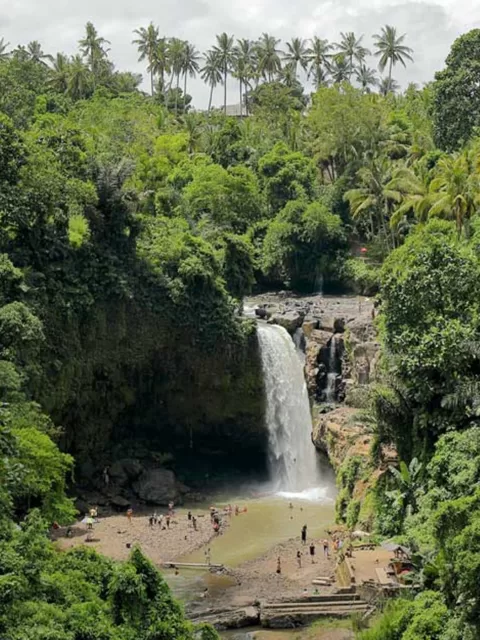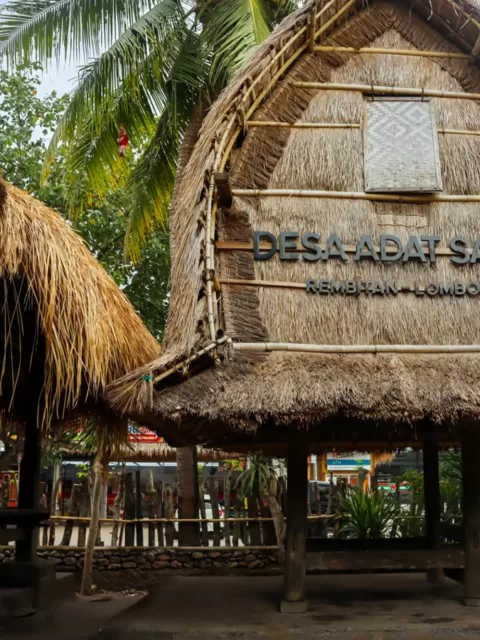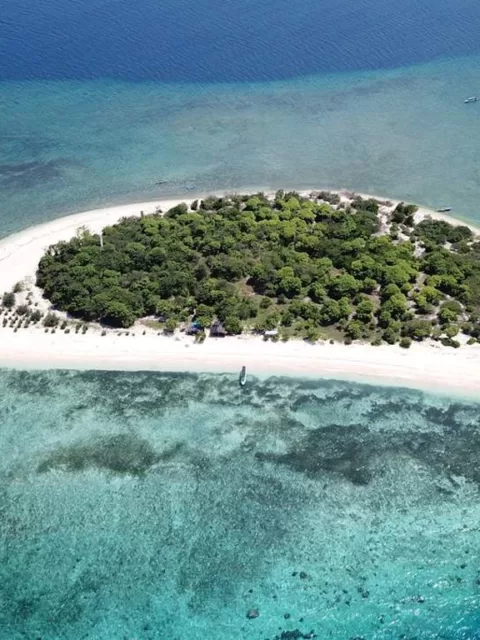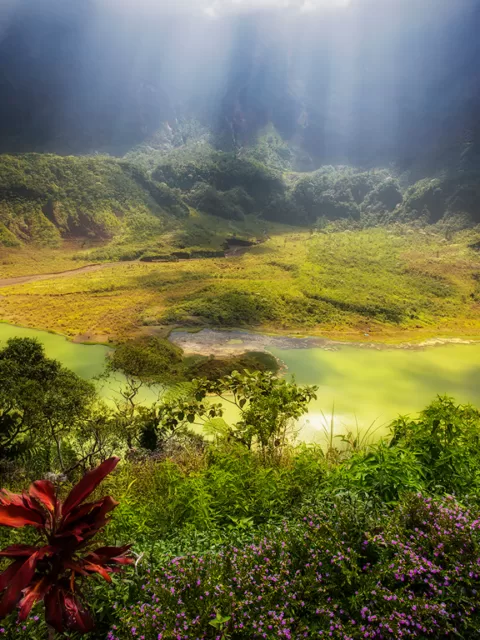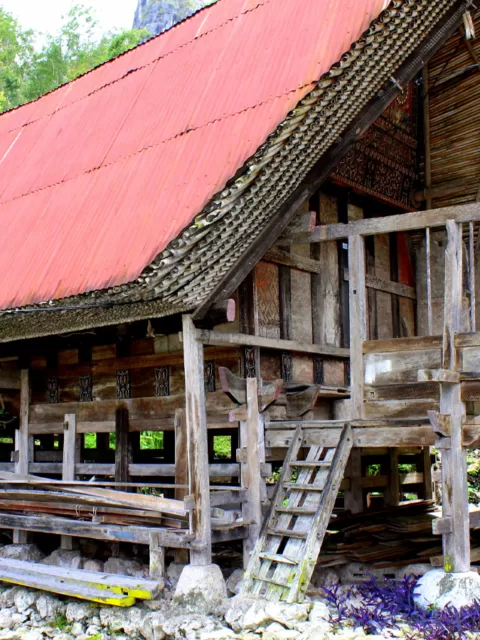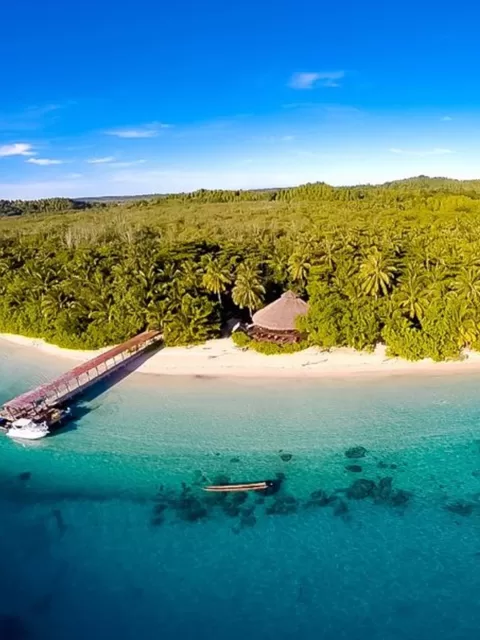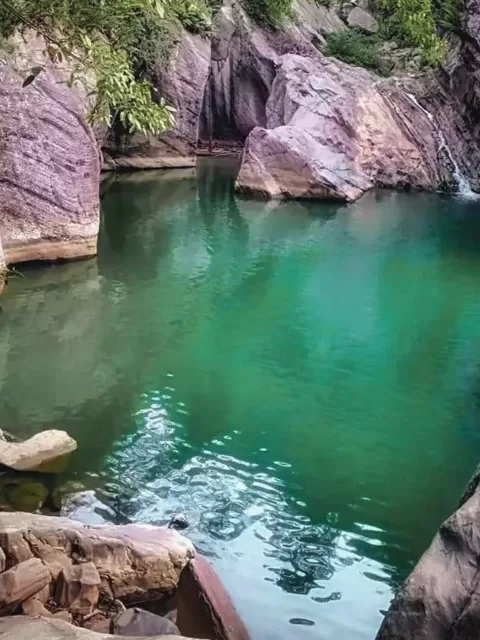Navigating the Forested Beauty of Tanjung Puting National Park
Borneo’s Gem
Nestled in the heart of Indonesia, Tanjung Puting National Park is a crown jewel in Borneo’s wilderness. This vast expanse of rainforest, spanning over 415,000 hectares, is renowned for its unique blend of biodiversity, cultural significance, and conservation efforts.
Tanjung Puting National Park’s Unique Ecosystem
Tanjung Puting’s diverse landscape encompasses a mosaic of habitats, from swamp forests to lowland dipterocarp forests. This ecological diversity nurtures a myriad of life, including over 1,000 species of plants, 400 species of birds, and 60 species of mammals.
The park’s unique ecosystem plays a vital role in Borneo’s larger ecological matrix. Tanjung Puting’s forests help regulate the region’s climate, provide habitat for endangered wildlife, and support the livelihoods of local communities.
Wildlife Encounters in Tanjung Puting National Park
Tanjung Puting National Park is a paradise for wildlife lovers, offering visitors the chance to encounter a variety of iconic species in their natural habitat.

Orangutan
Orangutans are perhaps the park’s most famous residents, and visitors have a good chance of spotting these iconic primates swinging through the trees or feeding on fruits in the canopy. Tanjung Puting is home to several orangutan rehabilitation centers, where visitors can learn about the park’s conservation efforts and observe orangutans up close.

Proboscis monkey
Proboscis monkeys are another iconic primate species found in Tanjung Puting. These monkeys are known for their distinctive long noses, which are thought to play a role in attracting mates. Proboscis monkeys are typically found in mangrove forests and along riverbanks, where they feed on leaves and fruits.

Clouded leopard
Clouded leopards are one of the most elusive cats in the world, but visitors to Tanjung Puting National Park have a chance to spot these beautiful creatures in the rainforest. Clouded leopards are solitary animals and are most active at night. They are well-camouflaged by their spotted fur, making them difficult to see in the dense jungle foliage.
Sun bear
Sun bears are the smallest species of bear in the world. They are found in rainforests throughout Southeast Asia, including Tanjung Puting National Park. Sun bears are solitary animals and are most active at dawn and dusk. They are known for their black fur and distinctive orange chest patch.
Crocodile
Crocodiles are another common sight in Tanjung Puting. These apex predators can be found in the rivers and swamps throughout the park. Visitors should be cautious when approaching crocodiles, as they are wild animals and can be dangerous.

In addition to the iconic species mentioned above, Tanjung Puting National Park is also home to a variety of other wildlife, including birds, reptiles, and amphibians. Visitors to the park should keep an eye out for these creatures as they explore the rainforest and its waterways.
River Safaris: Navigating Tanjung Puting National Park’s Waterways
The Sekonyer River is the lifeblood of Tanjung Puting National Park, winding its way through the heart of the rainforest and providing a vital transportation route for visitors and locals alike. River safaris offer a truly immersive experience, allowing visitors to witness the park’s wildlife and landscapes from a unique perspective.

As your klotok (traditional wooden boat) glides along the river, you’ll be surrounded by towering rainforest trees, lush mangrove swamps, and crystal-clear waters. Keep an eye out for wildlife, including orangutans swinging through the trees, proboscis monkeys with their distinctive noses, and crocodiles basking on the riverbanks.

River safaris typically include a visit to Camp Leakey, a world-renowned orangutan research and rehabilitation center. At Camp Leakey, you can learn about the park’s conservation efforts and observe orangutans in their natural habitat.
Cultural Ties: Local Communities and Tanjung Puting National Park
Indigenous communities have inhabited the lands now comprising Tanjung Puting National Park for centuries. These communities have a deep spiritual and cultural connection to the park’s resources, which they have sustainably managed for generations.

Today, local communities continue to play a vital role in Tanjung Puting’s conservation. They work alongside park rangers to monitor wildlife populations, conduct research, and educate visitors about the park’s importance.
Conservation Efforts within Tanjung Puting National Park
The park plays a significant role in global conservation dialogues. The park is home to several endangered species, including orangutans, sun bears, and crocodiles. Conservation efforts at Tanjung Puting focus on protecting these species and their habitats, while also promoting sustainable tourism practices.
Must-Visit Spots within Tanjung Puting National Park
Camp Leakey is a world-renowned orangutan research and rehabilitation center located within Tanjung Puting National Park. Visitors to Camp Leakey can learn about orangutan conservation and observe these intelligent primates in their natural habitat.

Other must-visit spots in Tanjung Puting include:
- Bukit Raya Waterfall: A cascading waterfall located in the heart of the park, offering stunning views of the surrounding rainforest.
- Liang Agas Cave: An ancient cave with limestone formations and archaeological significance.
- Tanjung Puting Research Station: A research facility dedicated to studying the park’s biodiversity and conservation challenges.
Tips for Exploring Tanjung Puting National Park Responsibly
- The best time to visit the National Park is during the dry season, which runs from April to October.
- Visitors should pack for all types of weather, as the rainforest can be unpredictable.
- It is important to respect the park’s environment and wildlife. Avoid littering, making loud noises, sudden movements, or disturbing wildlife.
- Use binoculars or a telephoto lens to observe wildlife from a distance and be patient. It may take some time to spot wildlife, especially elusive species like clouded leopards.
- Visitors should book their trip through a reputable tour operator who specializes in sustainable tourism practices.
Conclusion
Tanjung Puting National Park is a truly irreplaceable treasure trove of natural and cultural wonders. By exploring this enchanting park responsibly, visitors can contribute to its preservation and safeguard its unique ecosystems for future generations.





